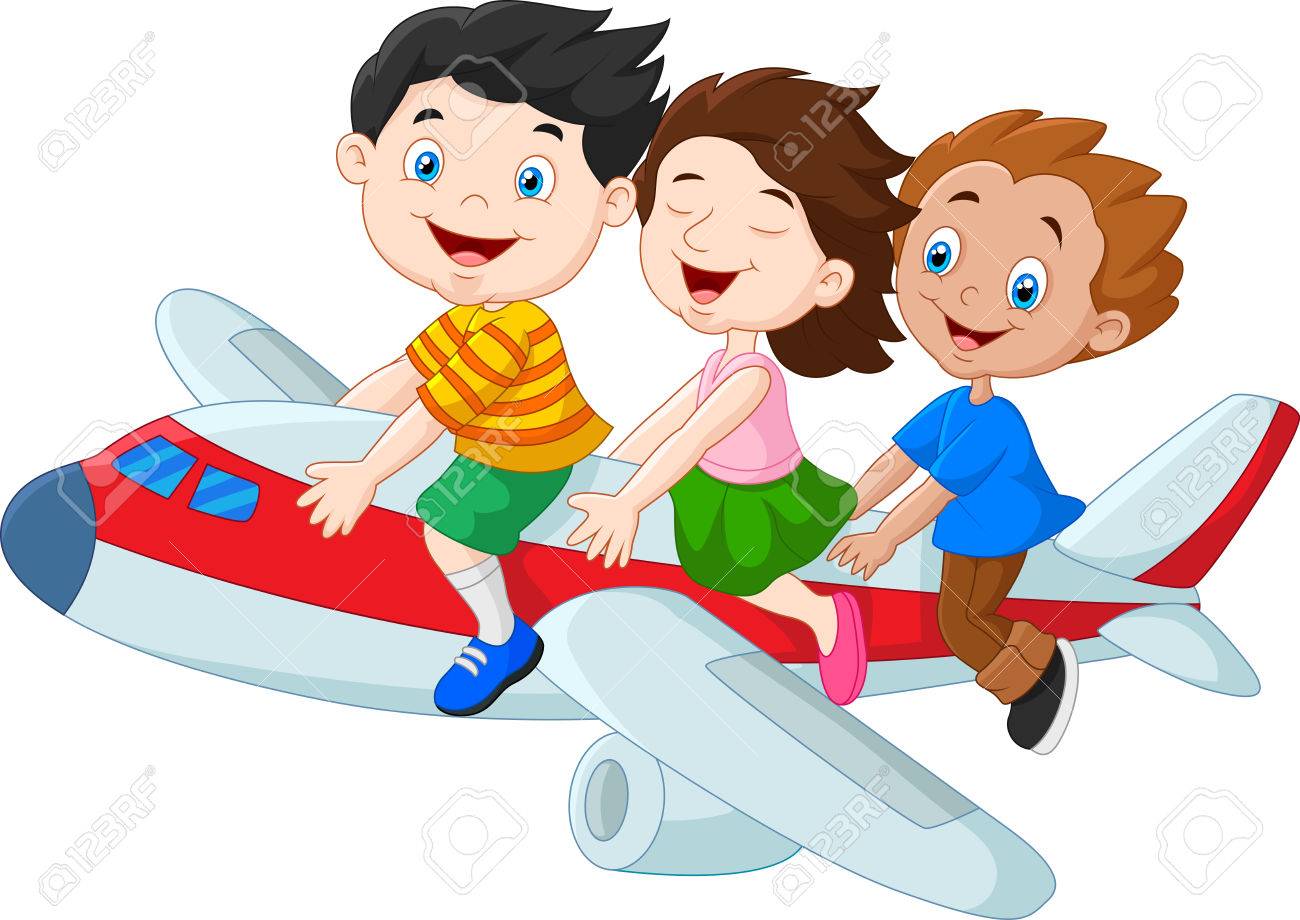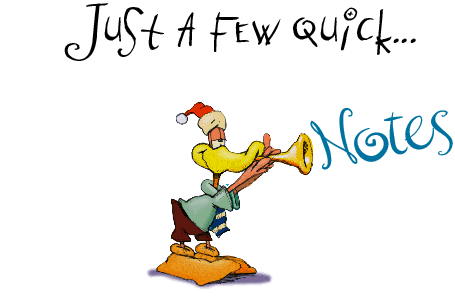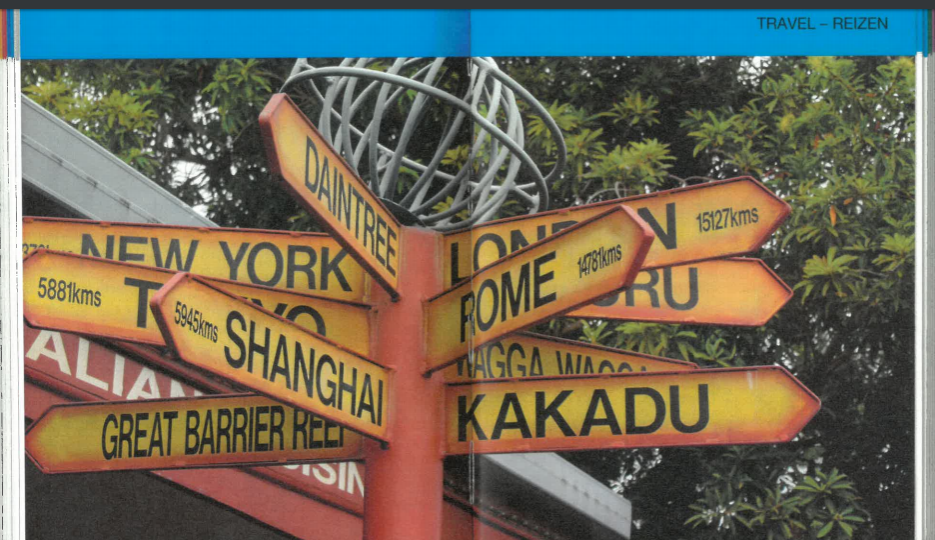Het arrangement Going places is gemaakt met Wikiwijs van Kennisnet. Wikiwijs is hét onderwijsplatform waar je leermiddelen zoekt, maakt en deelt.
- Auteur
- Laatst gewijzigd
- 09-04-2019 09:08:32
- Licentie
-
Dit lesmateriaal is gepubliceerd onder de Creative Commons Naamsvermelding 4.0 Internationale licentie. Dit houdt in dat je onder de voorwaarde van naamsvermelding vrij bent om:
- het werk te delen - te kopiëren, te verspreiden en door te geven via elk medium of bestandsformaat
- het werk te bewerken - te remixen, te veranderen en afgeleide werken te maken
- voor alle doeleinden, inclusief commerciële doeleinden.
Meer informatie over de CC Naamsvermelding 4.0 Internationale licentie.
Gebruik gemaakt van:
http://learnenglishteens.britishcouncil.org/skills/listening http://learnenglishteens.britishcouncil.org/skills/reading ttps://meestergijs.nl/item/much-many/ https://www.englisch-hilfen.de/en/exercises_list/mengen.htm https://steppingstones.online.noordhoff.nl/TeacherStart http://www.erk.nl/docent/niveaubeschrijvingen/
Aanvullende informatie over dit lesmateriaal
Van dit lesmateriaal is de volgende aanvullende informatie beschikbaar:
- Toelichting
- Dit arrangement is gemaakt voor de leerlingen uit 2THV !mpulse Leeuwarden. Het arrangement is gebaseerd op hoofdstuk 8 en maakt onderscheid tussen drie niveaus. Namelijk, vmbo, havo en vwo. De leerlingen kiezen zelf waar zij mee aan de slag gaan. Het arrangement heeft de volgende leerdoelen/uitkomsten: - Aan het einde van dit arrangement kennen de leerlingen het verschil tussen much, many, (a) lot(s) (of), (a) little, (a) few en kunnen zij deze in de juiste context toepassen. - Aan het einde van dit arrangement kunnen de leerlingen in het Engels reis informatie aan elkaar geven op A2 niveau. - Aan het einde van dit arrangement kunnen de leerlingen in het Engels weersvoorspellingen doen op A2 niveau. - Aan het einde van dit arrangement kunnen de leerlingen aan de hand van een luisterfragment ,op A2 niveau, vragen beantwoorden over het uitwisselen van reisinformatie en het doen van weersvoorspellingen. Voor de vwo leerlingen is dit B1 niveau.
- Eindgebruiker
- leerling/student
- Moeilijkheidsgraad
- gemiddeld
- Studiebelasting
- 4 uur 0 minuten
Bronnen
| Bron | Type |
|---|---|
|
Meester Gijs - A lot of, much, many, (a) little, (a) few https://youtu.be/KZflhZkD2kE |
Video |
|
Meester Gijs - A lot of, much, many, (a) little, (a) few (part 2) https://youtu.be/cNZLPPhXoHw |
Video |
|
Meester Gijs - A lot of, much, many, (a) little, (a) few https://youtu.be/KZflhZkD2kE |
Video |
|
Meester Gijs - A lot of, much, many, (a) little, (a) few (part 2) https://youtu.be/cNZLPPhXoHw |
Video |
|
Meester Gijs - A lot of, much, many, (a) little, (a) few https://youtu.be/KZflhZkD2kE |
Video |
|
Meester Gijs - A lot of, much, many, (a) little, (a) few (part 2) https://youtu.be/cNZLPPhXoHw |
Video |












